Rabindranath Tagore

Bengali poet
Alternative Title: Rabīndranāth Ṭhākur
Rabindranath Tagore, Bengali Rabīndranāth Ṭhākur, (born May 7, 1861,Cullcatta [now Kolkata], India—died August 7, 1941, Calcutta), Bengali poet, short-story writer, song composer, playwright, essayist, and painter who introduced new prose and verse forms and the use of collique language into Bengali literature , thereby freeing it from traditional models based on classical Sanskrit. He was highly influential in introducing Indian culture to the West and vice versa, and he is generally regarded as the outstanding creative artist of early 20th-century India. In 1913 he became the first non-European to receive the Nobel Prize for Literature
Rabindranath Tagore
WORKS" Gitanjali"" Manasi"" Gitanjali (Song Offering) "AWARDS AND HONORS Nobel Prize
The son of the religious reformer Debendranath Tagore, he early began to write verses, and, after incomplete studies in England in the late 1870s, he returned to India. There he published several books of poetry in the 1880s and completed Manasi (1890), a collection that marks the maturing of his genius. It contains some of his best-known poems, including many in verse forms new to Bengali , as well as some social and political satire that was critical of his fellow Bengalis.
In 1891 Tagore went to East Bengal (now in Bangladesh) to manage his family’s estates at Shilaidah and Shazadpur for 10 years. There he often stayed in a houseboat on the Padma River(the main channel of the Ganges River), in close contact with village folk, and his sympathy for them became the keynote of much of his later writing. Most of his finest short stories, which examine “humble lives and their small miseries,” date from the 1890s and have a poignancy, laced with gentle irony , that is unique to him (though admirably captured by the director Satyajit Ray in later film adaptations). Tagore came to love the Bengali countryside, most of all the Padma River, an often-repeated image in his verse. During these years he published several poetry collections, notably Sonar Tari (1894; The Golden Boat), and plays, notably Chitrangada (1892; Chitra). Tagore’s poems are virtually untranslatable, as are his more than 2,000 songs, which achieved considerable popularity among all classes of Bengali society.
Rabindranath Tagore'sGitanjali (1910), as recited by Mohammed Sirajullah; audio in Bengali.Courtesy Dr. Mohammed Sirajullah, Chicago, Illinois; translated from the Bengali by Rabindranath Tagore
In 1901 Tagore founded an experimental school in rural West Bengal at Santniketan (“Abode of Peace”), where he sought to blend the best in the Indian and Western traditions. He settled permanently at the school, which became Visva-Bharati University in 1921. Years of sadness arising from the deaths of his wife and two children between 1902 and 1907 are reflected in his later poetry, which was introduced to the West in Gitanjali (Song Offering) (1912). This book, containing Tagore’s English prose translations of religious poems from several of his Bengali verse collections, including Gitanjali(1910), was hailed by W.B. Yeats and Andre Gideand won him the Nobel Prize in 1913. Tagore was awarded a knighthood in 1915, but he repudiated it in 1919 as a protest against the Amritsar Massacre.
Rabindranath Tagore at Shantiniketan Rabindranath Tagore at an open-air classroom, Shantiniketan, West Bengal.
Rabindranath Tagore at ShantiniketanRabindranath Tagore in his study at Shantiniketan, West Bengal.
Get exclusive access to content from our 1768 First Edition with your subscription.
From 1912 Tagore spent long periods out of India, lecturing and reading from his work in Europe , the Americas, and East Asia and becoming an eloquent spokesperson for the cause of Indian independence. Tagore’s novels in Bengali are less well known than his poems and short stories; they include Gora (1910) and Ghare-Baire (1916), translated into English as Gora and The Home and the World, respectively. In the late 1920s, when he was in his 60s, Tagore took up painting and produced works that won him a place among India’s foremost contemporary artists.
LEARN MORE in these related Britannica articles:
India: Theatre, film, and literature
…Bengali playwrights—especially Nobel Prize winner Rabindranath Tagore, who was also a philosopher, poet,...…
South Asian arts: The Manipur school
…only in the 1920s, when Rabindranath Tagore visited the valley and invited a leading guru of the area,...…
Rabindranath Tagore, rejecting the heavy sets and realistic decor of the commercial companies, created...…
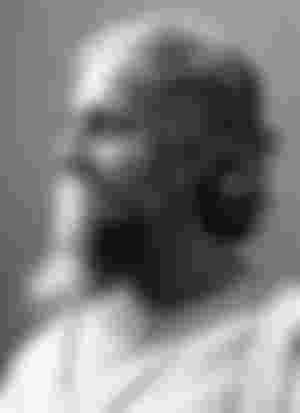
★★★Bangla Translate /বাংলায় অনুবাদ :::
রবীন্দ্রনাথ ঠাকুর বাঙালি কবি রবীন্দ্রনাথ ঠাকুর, বাঙালি রবীন্দ্রনাথ, (জন্ম May ই মে, ১৮61১, কুলকট্ট [বর্তমানে কলকাতা], — ইন্তেকাল 7 আগস্ট, ১৯৪১, কলকাতা), বাঙালি কবি, স্বল্প-গল্পের লেখক, গীতিকার, নাট্যকার, প্রাবন্ধিক এবং চিত্রশিল্পী নতুন গদ্য এবং শ্লোক রূপ এবং বাংলা সাহিত্যে কলিক ভাষার ব্যবহার, এর ফলে এটি ধ্রুপদী সংস্কৃতের উপর ভিত্তি করে traditional ঐতিহ্যবাহী মডেলগুলি থেকে মুক্ত করে। তিনি পশ্চিমাদের কাছে ভারতীয় সংস্কৃতি প্রবর্তনের ক্ষেত্রে অত্যন্ত প্রভাবশালী ছিলেন এবং বিংশ শতাব্দীর প্রথম দিকের ভারতবর্ষের প্রথমদিকে তিনি অসামান্য সৃজনশীল শিল্পী হিসাবে বিবেচিত হন। 1913 সালে তিনি প্রথম নন-ইউরোপীয় হয়েছিলেন যারা সাহিত্যের নোবেল পুরষ্কার পেয়েছিলেন
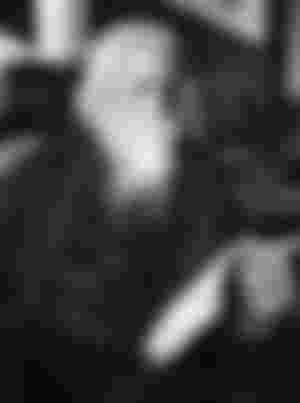
রবীন্দ্রনাথ ঠাকুর "গীতাঞ্জলি" "মানসী" "গীতাঞ্জলি (গানের অফার)" "পুরষ্কার ও সম্মানের নোবেল পুরস্কার লিখেছেন ধর্ম সংস্কারক দেবেন্দ্রনাথ ঠাকুরের পুত্র, তিনি প্রথমদিকে শ্লোক রচনা করতে শুরু করেছিলেন এবং ১৮৭০ এর দশকের শেষদিকে ইংল্যান্ডে অসম্পূর্ণ পড়াশোনা শেষে তিনি ভারতে ফিরে আসেন। সেখানে তিনি ১৮৮০-এর দশকে কবিতার বেশ কয়েকটি বই প্রকাশ করেছিলেন এবং মানসী (১৮৯০) সমাপ্ত করেছিলেন, এটি তাঁর বংশধারার পরিপক্কতার চিহ্ন। এতে তাঁর বেশ কয়েকটি বিখ্যাত কবিতা রয়েছে যার মধ্যে অনেকগুলি শ্লোক রচনায় বাঙালির কাছে নতুন, তেমনি কিছু সামাজিক ও রাজনৈতিক ব্যঙ্গও রয়েছে যা তাঁর সহযোদ্ধার বাঙালিদের সমালোচনা করেছিল। 1891 সালে ঠাকুর 10 বছরের জন্য শিলাইদহ এবং শাজাদপুরে তাঁর পরিবারের সম্পদ পরিচালনা করতে পূর্ববঙ্গে (বর্তমানে বাংলাদেশে) চলে যান। সেখানে তিনি প্রায়শই পদ্মা নদীর (গঙ্গা নদীর মূল চ্যানেল) একটি হাউজবোটে গ্রামের লোকের সাথে ঘনিষ্ঠ যোগাযোগে থাকতেন এবং তাদের প্রতি তাঁর সহানুভূতি তাঁর পরবর্তী লেখার মূল বক্তব্য হয়ে উঠেছিল। তাঁর বেশিরভাগ সেরা ছোট গল্পগুলি, যা "নম্র জীবন এবং তাদের ছোট ছোট দুর্দশাগুলি" পরীক্ষা করে এবং ১৮৯০-এর দশকের তারিখ থেকে এবং একটি মর্মস্পর্শীতা রয়েছে, মৃদু বিদ্রূপযুক্ত, এটি তাঁর কাছে অনন্য (যদিও পরবর্তীকালে চলচ্চিত্রের অভিযোজনে পরিচালক সত্যজিৎ রায়ের দ্বারা প্রশংসিত হয়েছিল) )। ঠাকুর তাঁর পদ্যটিতে প্রায়শই পুনরাবৃত্ত চিত্র, পদ্মা নদী, বেশিরভাগ বাঙালি গ্রামাঞ্চলে ভালবাসেন to এই বছরগুলিতে তিনি বেশ কয়েকটি কবিতা সংকলন প্রকাশ করেছিলেন, উল্লেখযোগ্যভাবে সোনার তরী (১৮৯৪; দ্য গোল্ডেন বোট) এবং নাটকগুলি উল্লেখযোগ্যভাবে চিত্রাঙ্গদা (১৮৯২; চিত্রা)। ঠাকুরের কবিতাগুলি কার্যত অপরিবর্তনীয়, তাঁর প্রায় ২ হাজারেরও বেশি গান, যা বাঙালি সমাজের সকল শ্রেণীর মধ্যে যথেষ্ট জনপ্রিয়তা অর্জন করেছিল।
রবীন্দ্রনাথ ঠাকুরের গীতাঞ্জলি (১৯১০), যেমনটি মোহাম্মদ সিরাজুল্লাহ আবৃত্তি; বাংলা ভাষায় অডিও। সৌজন্যে ডাঃ মোহাম্মদ সিরাজউল্লাহ, শিকাগো, ইলিনয়; বাংলা থেকে অনুবাদ করেছেন রবীন্দ্রনাথ ঠাকুর ১৯০১ সালে ঠাকুর শান্তিনিকেতনে ("শান্তির বাসস্থান") গ্রামীণ পশ্চিমবঙ্গে একটি পরীক্ষামূলক বিদ্যালয় প্রতিষ্ঠা করেছিলেন, যেখানে তিনি ভারতীয় ও পাশ্চাত্য .তিহ্যের মধ্যে সর্বোত্তম মিশ্রনের চেষ্টা করেছিলেন। তিনি স্কুলে স্থায়ীভাবে স্থায়ীভাবে বসবাস শুরু করেন, যা ১৯২১ সালে বিশ্বভারতী বিশ্ববিদ্যালয়ে পরিণত হয়। ১৯০২ থেকে ১৯০7 সালের মধ্যে তাঁর স্ত্রী এবং দুই সন্তানের মৃত্যুর ফলে যে দু: খ প্রকাশ হয়েছিল তা তার পরবর্তী কবিতায় প্রতিফলিত হয়, যা গীতাঞ্জলিতে পশ্চিমের সাথে পরিচয় হয়েছিল (গান) অফার) (1912)। গীতাঞ্জলি (১৯১০) সহ তাঁর বেশ কয়েকটি বাংলা কবিতা সংকলন থেকে রবীন্দ্রনাথের ঠাকুরের ইংরেজী গদ্য অনুবাদ সম্বলিত এই বইটির প্রশংসা করেছিলেন ডাব্লু.বি. ইয়েটস এবং আন্ড্রে গিঁয়াদ ১৯১৩ সালে তাকে নোবেল পুরষ্কার জিতেছিলেন। ১৯১৫ সালে ঠাকুরকে নাইটহুড দেওয়া হয়েছিল, তবে ১৯১৯ সালে অমৃতসর গণহত্যা প্রতিবাদ হিসাবে তিনি এটিকে প্রত্যাখ্যান করেছিলেন। শান্তিনিকেতনে রবীন্দ্রনাথ ঠাকুর পশ্চিমবঙ্গের শান্তিনিকেতনে, একটি মুক্ত বায়ু শ্রেণিকক্ষে রবীন্দ্রনাথ ঠাকুর।
শান্তিনিকেতনে রবীন্দ্রনাথ ঠাকুর পশ্চিমবঙ্গের শান্তিনিকেতনে তাঁর গবেষণায় রবীন্দ্রনাথ ঠাকুর। আপনার সাবস্ক্রিপশন সহ আমাদের 1768 প্রথম সংস্করণ থেকে সামগ্রীটিতে একচেটিয়া অ্যাক্সেস পান। ১৯১২ সাল থেকে ঠাকুর ইউরোপ, আমেরিকা যুক্তরাষ্ট্র এবং পূর্ব এশিয়ায় তাঁর কাজ থেকে বক্তৃতা এবং পড়া এবং ভারতীয় স্বাধীনতার পক্ষে একজন প্রবক্তা হয়ে ওঠেন। ঠাকুরের বাংলা উপন্যাসগুলি তাঁর কবিতা এবং ছোটগল্পের চেয়ে কম পরিচিত; এর মধ্যে গোরা (১৯১০) এবং ঘরে-বাইরে (১৯১16) যথাক্রমে ইংরেজিতে গোরা এবং দ্য হোম এবং দ্য ওয়ার্ল্ড হিসাবে অনুবাদ হয়েছে। 1920 এর দশকের শেষের দিকে, যখন তিনি তাঁর ষাটের দশকে ছিলেন, ঠাকুর চিত্রকলার কাজ শুরু করেছিলেন এবং এমন রচনাগুলি তৈরি করেছিলেন যা তাকে ভারতের শীর্ষস্থানীয় সমসাময়িক শিল্পীদের মধ্যে স্থান করে নিয়েছিল। এই সম্পর্কিত ব্রিটানিকার নিবন্ধগুলিতে আরও জানুন: ভারত: থিয়েটার, চলচ্চিত্র এবং সাহিত্য … বাঙালি নাট্যকার — বিশেষত নোবেল পুরস্কার বিজয়ী রবীন্দ্রনাথ ঠাকুর, যিনি দার্শনিক, কবিও ছিলেন ... ... দক্ষিণ এশীয় শিল্পকলা: মণিপুর স্কুল … শুধুমাত্র 1920 এর দশকে, যখন রবীন্দ্রনাথ ঠাকুর উপত্যকাটি পরিদর্শন করেছিলেন এবং এই অঞ্চলের শীর্ষস্থানীয় গুরুকে আমন্ত্রণ করেছিলেন, ...… রবীন্দ্রনাথ ঠাকুর, ভারী সেট এবং বাণিজ্যিক সংস্থাগুলির বাস্তব সজ্জা প্রত্যাখ্যান করে, তৈরি করেছিলেন ...…


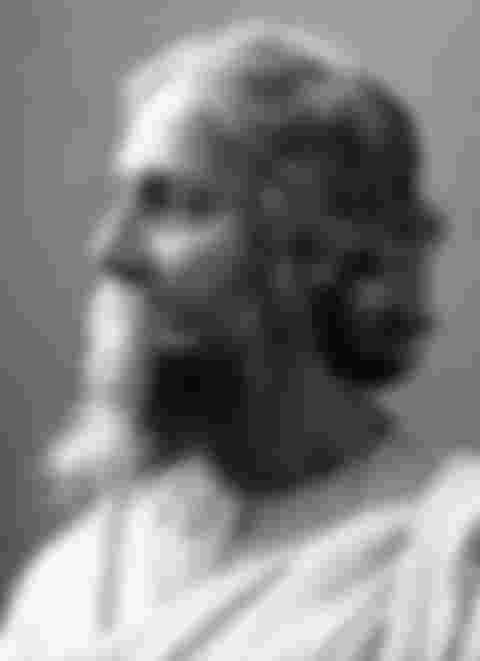
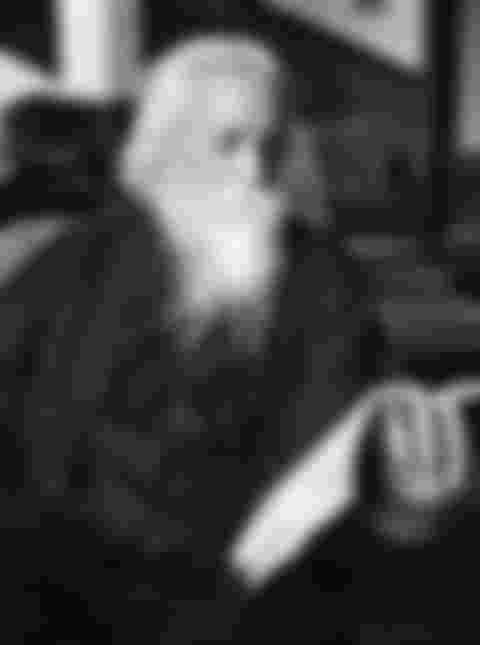
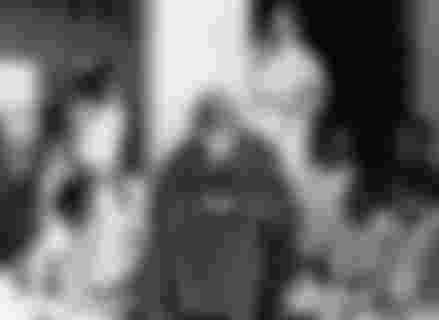
I like your all informative article.